When was the last time you checked your fire detectors? If you can’t remember, it’s time to change that. Knowing how to test a fire detector isn’t just a box to tick off—it’s a crucial part of keeping your business safe. Fire detectors are designed to give you and your employees an early warning, buying valuable time to evacuate in case of a fire. But here’s the catch: a fire detector that hasn’t been tested regularly could fail when you need it most. Dust buildup, battery failures, or sensor malfunctions can stop it from detecting smoke properly. Without consistent smoke alarm testing, you might have a false sense of security, thinking your system will protect you when, in reality, it’s not working at all.
Table of Contents
ToggleNeglecting fire alarm testing isn’t just a safety risk—it can have serious legal and financial consequences for your business. Fire safety regulations require businesses to maintain and test their fire detection systems, and failing to do so could result in hefty fines or even legal action. Beyond compliance, a working fire detector helps protect your employees, customers, and assets. Imagine the devastation of a fire breaking out and your alarm staying silent. The financial losses, potential lawsuits, and damage to your reputation could be devastating. Regular smoke alarm testing ensures that if the worst happens, your business is prepared, and everyone inside gets the warning they need to stay safe.
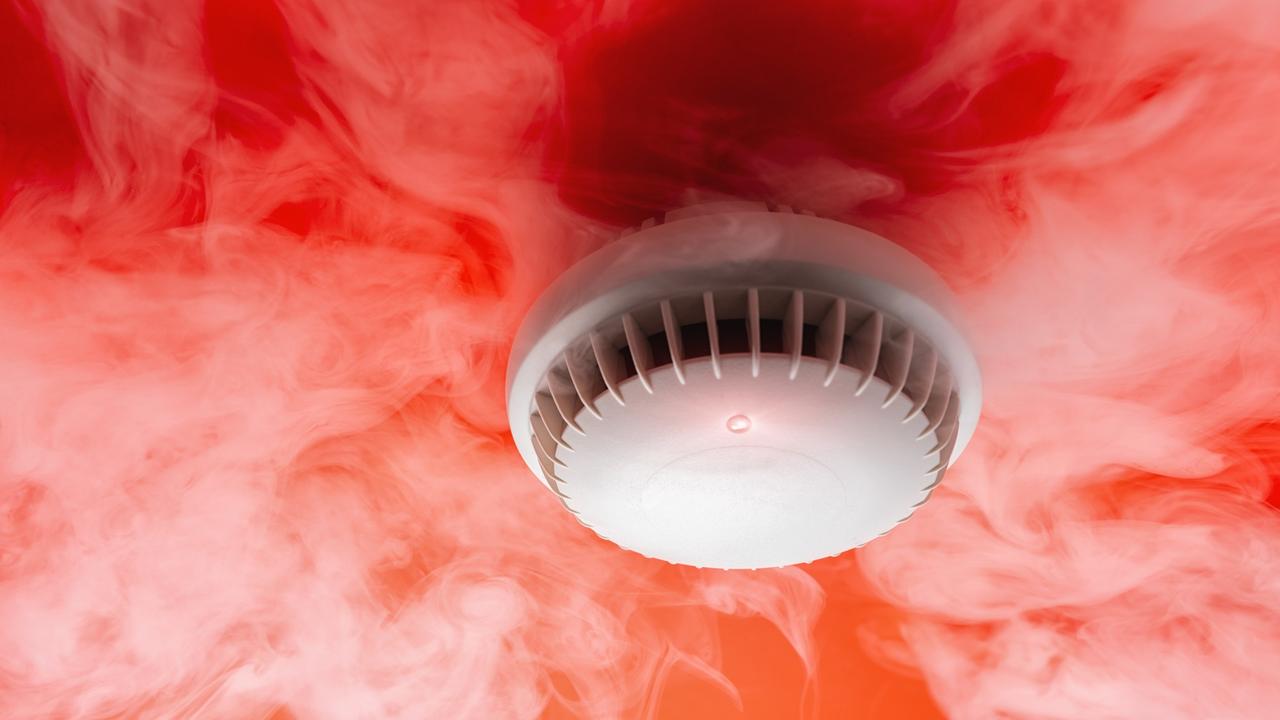
How to Test a Fire Detector the Right Way
Knowing how to test a fire detector properly is the key to ensuring your alarm will work when it matters most. The simplest and quickest way to check its functionality is by using the built-in test button. Most fire detectors come with this feature, allowing you to trigger the alarm without exposing it to actual smoke. Just press and hold the button for a few seconds—if the alarm sounds loud and clear, your detector is in working order. If you hear a weak or distorted sound (or nothing at all), it’s time to replace the battery and try again. If a fresh battery doesn’t solve the problem, the detector itself may be faulty and should be replaced immediately.
Fire detectors are only reliable if they’re tested regularly, so don’t wait until an emergency to find out yours isn’t working. Smoke alarm testing should be done at least once a month to make sure your system is functioning correctly. In addition to the test button, check the power source. If your detector is battery-operated, ensure the battery is still good. If it’s hardwired, verify that the backup battery is in place in case of power failure. Regular maintenance and fire alarm tests help prevent surprises, keeping your business and employees protected around the clock. If you need expert help, our commercial fire alarm maintenance services are here to ensure your detectors stay in top shape—remember fire safety is too important to leave to chance.
Smoke Alarm Testing: The Real-Life Trial
Pressing the test button is a good start, but it doesn’t fully confirm whether your detector will react to smoke in a real emergency. That’s why smoke alarm testing should include simulating real conditions. The best way to do this is by using an aerosol smoke detector tester, a product specifically designed to mimic smoke particles. Simply spray it near the detector and wait to see if the alarm sounds. If it does, great—your fire detector is doing its job. If not, you’ll need to investigate further. This type of fire alarm test is especially important for commercial buildings, where fire detectors are a critical part of safety regulations and insurance requirements.
If your detector fails the smoke alarm test, don’t ignore the warning signs. A silent detector could mean dust buildup is blocking the sensors, or worse, the unit is too old to function properly. Ready to find out how to test a fire detector? Start by cleaning the detector with a soft cloth or vacuum attachment to remove any dirt or debris. If it still doesn’t respond, check the battery or power supply. And if the issue persists even after a battery change, it’s time to replace the unit altogether. Regular testing of smoke alarms with smoke ensures that your fire detection system is always ready when it matters most—because the last thing you want is an alarm that stays silent during an actual fire. And while you’re making sure your workplace is fire-safe, don’t forget about your home. Contact us today for expert advice on residential fire alarm installation and servicing. Let us help keep both your business and home protected from fire risks.
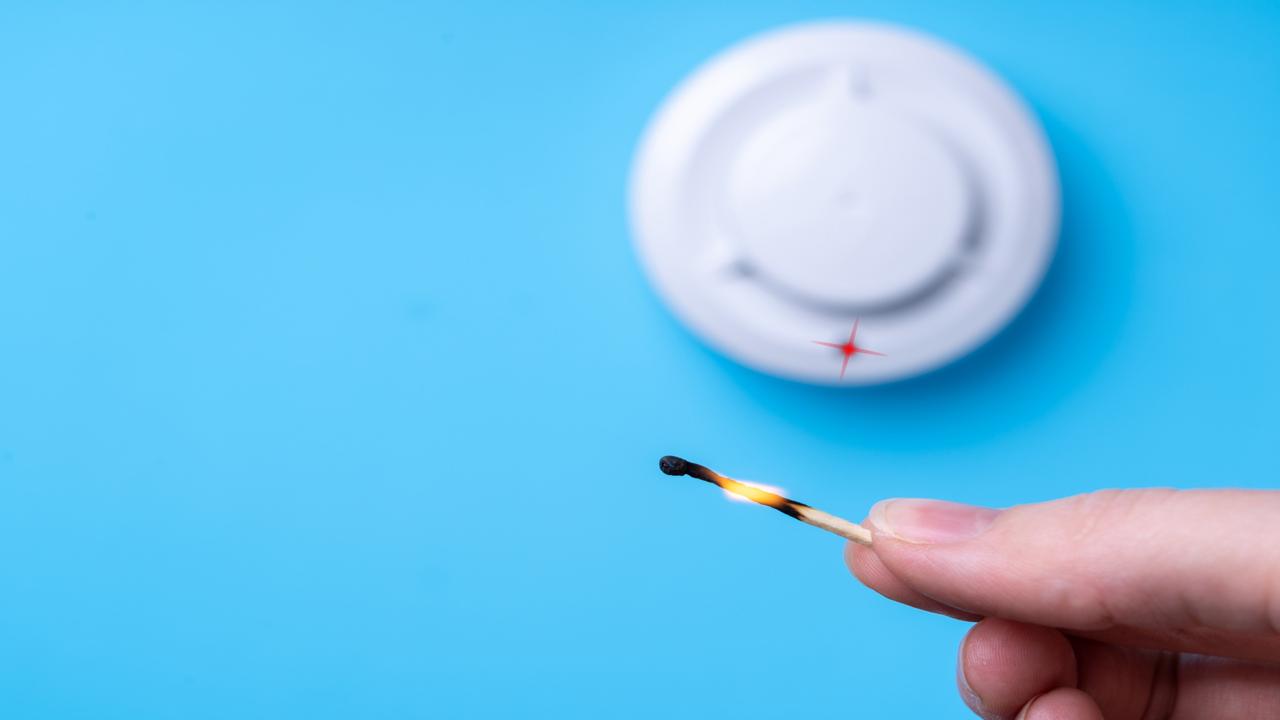
Common Mistakes When Testing Smoke Detectors
A quiet smoke detector might seem like a good thing—after all, no alarm means no fire, right? Unfortunately, that’s not always the case. One of the biggest mistakes business owners make is assuming that a silent fire detector is a working one. In reality, dust buildup, expired sensors, or faulty wiring can make a detector completely unreliable. If you’re not regularly performing smoke alarm testing, your detector might fail when you need it most. Dust and debris can clog the sensors, preventing the device from detecting smoke. In commercial spaces, where air vents and constant movement stir up particles, detectors can get dirty faster than you think. A simple fire alarm test can help identify whether your system needs a cleaning or replacement before it’s too late.
Another common mistake? Forgetting that fire detectors don’t last forever. Many business owners install them and assume they’re good for life, but most detectors have a 10-year lifespan. Over time, their sensitivity decreases, making them less effective at detecting smoke. Even if your detector passes a basic smoke alarm test, an aging unit might not respond as quickly as a new one. That’s why it’s crucial to check the manufacturing date on your detectors and replace them once they hit the 10-year mark. Staying proactive with how to check smoke detectors and ensuring they are up to date will keep your business and employees safe from preventable disasters. Need to replace your old alarms or install new ones? Our expert commercial fire alarm system installation services have you covered. Reach out to us today to make sure your fire detection system is up to date and ready to protect what matters most.
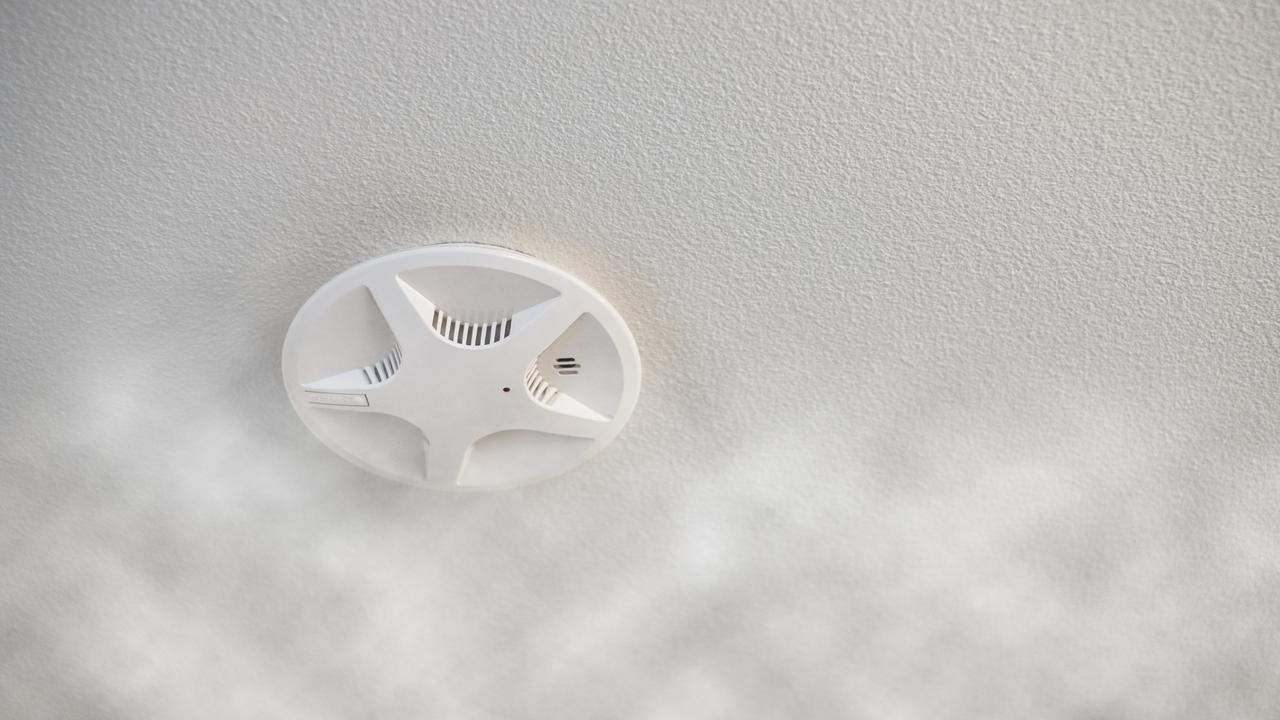
How to Test Smoke Detector with Smoke for Accuracy
Pressing the test button is a quick way to check if your fire detector is working, but it doesn’t guarantee that the sensor will respond to real smoke. If you’re asking, then how to test a fire detector to be 100% sure, here’s the answer. To ensure maximum safety, you need to go a step further and perform a smoke alarm test with actual smoke. One of the simplest ways to do this is by lighting a match or candle, blowing it out, and letting the smoke rise toward the detector. Another option is to use a smoke aerosol spray, which is specifically designed for testing smoke alarms with smoke. These sprays mimic real fire conditions, allowing you to see if your alarm reacts as it should. If the detector sounds immediately, your system is in good shape. If not, there’s a problem that needs attention.
If your fire alarm test fails, don’t ignore it. Start by cleaning the unit—dust and dirt can block the sensors, making it harder for the detector to recognize smoke. Use a soft cloth or a vacuum attachment to gently remove any debris. Then, repeat the smoke detector test to see if cleaning solved the issue. If the alarm still doesn’t sound, it could be due to an expired or malfunctioning sensor, and the detector should be replaced immediately. You don’t want to wait for an actual fire to find out that your system isn’t working. Regular smoke alarm testing is crucial, but did you know where to place your smoke alarms for maximum effectiveness? Proper placement is key to ensuring your detectors work as expected. To learn more, check out our article, “Where to Place Smoke Alarms for Maximum Workplace Safety”, and make sure your workplace is as safe as it can be.
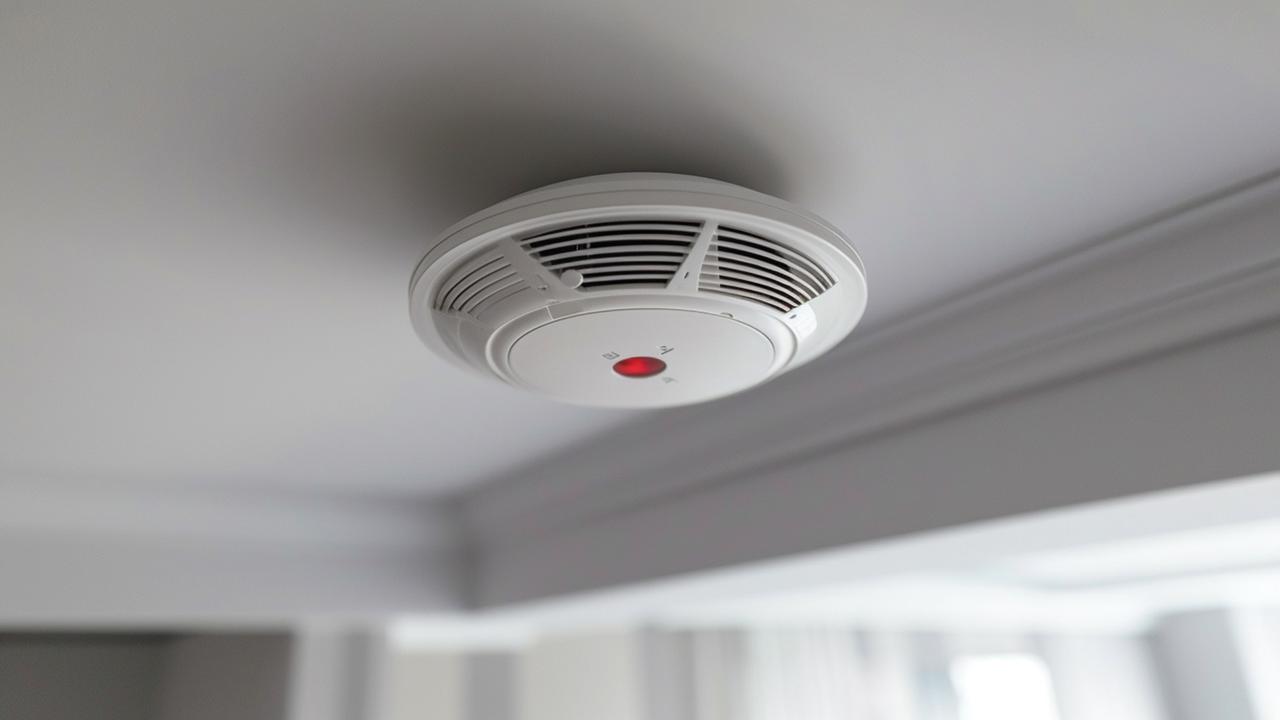
Final Checks to Keep Your Business Fire-Safe
Fire safety isn’t a one-time task—it’s an ongoing responsibility. That’s why smoke alarm testing should be part of your regular business maintenance routine. Set a schedule to test fire detectors at least once a month using both the test button and smoke alarm testing with smoke. This ensures that your alarms are not just powered but also responsive to real smoke. Additionally, replace batteries annually, even if they still seem to work. Some detectors come with long-life batteries, but that doesn’t mean they should be ignored. A weak battery could delay or prevent an alarm from sounding, putting your business at risk.
Beyond your own routine tests, consider professional fire alarm tests as well. A certified fire safety inspector can check smoke detectors for hidden faults, wiring issues, or outdated units that need replacing. Not only does this keep your business safe, but it also ensures compliance with local fire regulations. Neglecting your fire detector testing could lead to fines or liability issues in the event of a fire. Staying proactive with how to test a fire detector and keeping your system well-maintained isn’t just good practice—it’s a smart business decision that protects your employees, customers, and property.

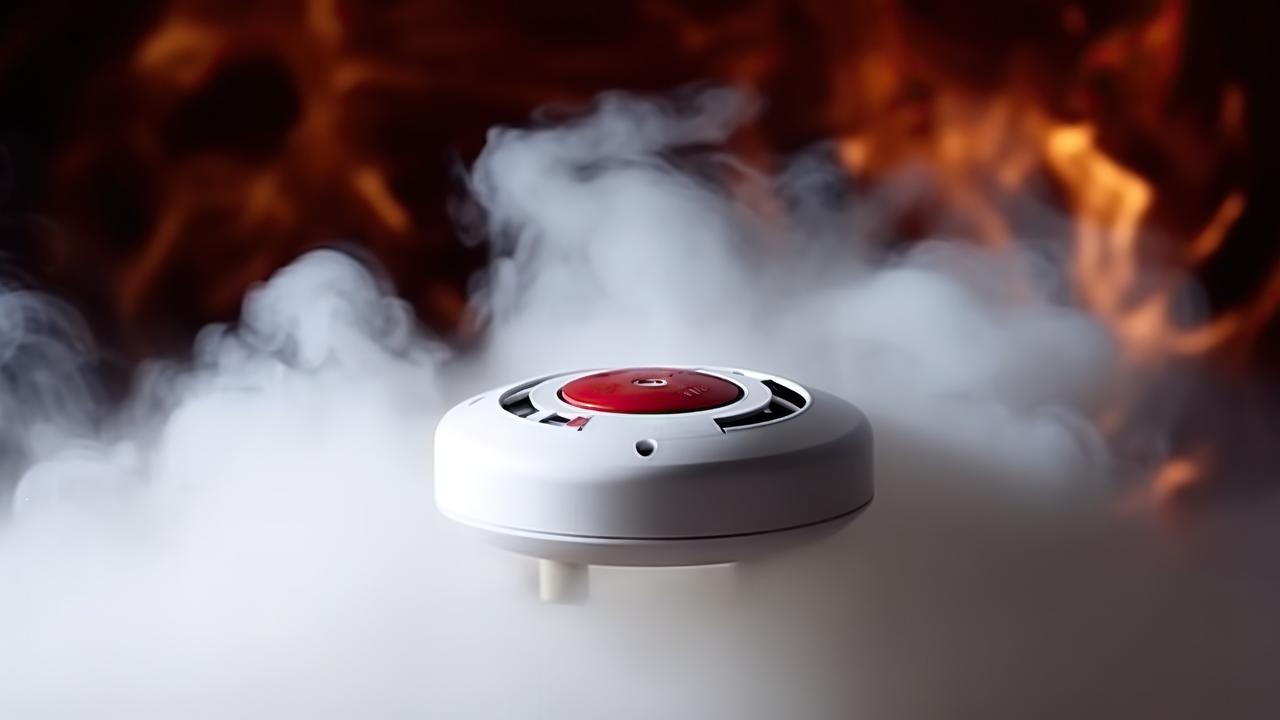
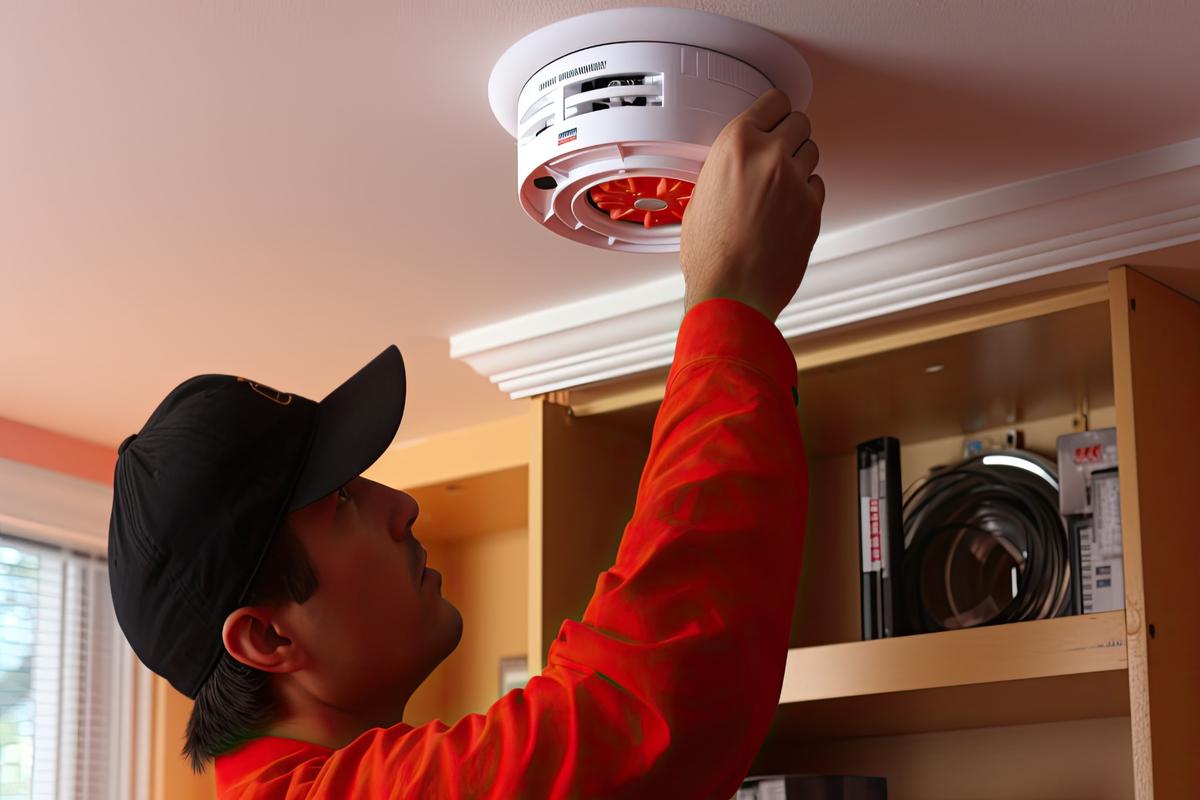

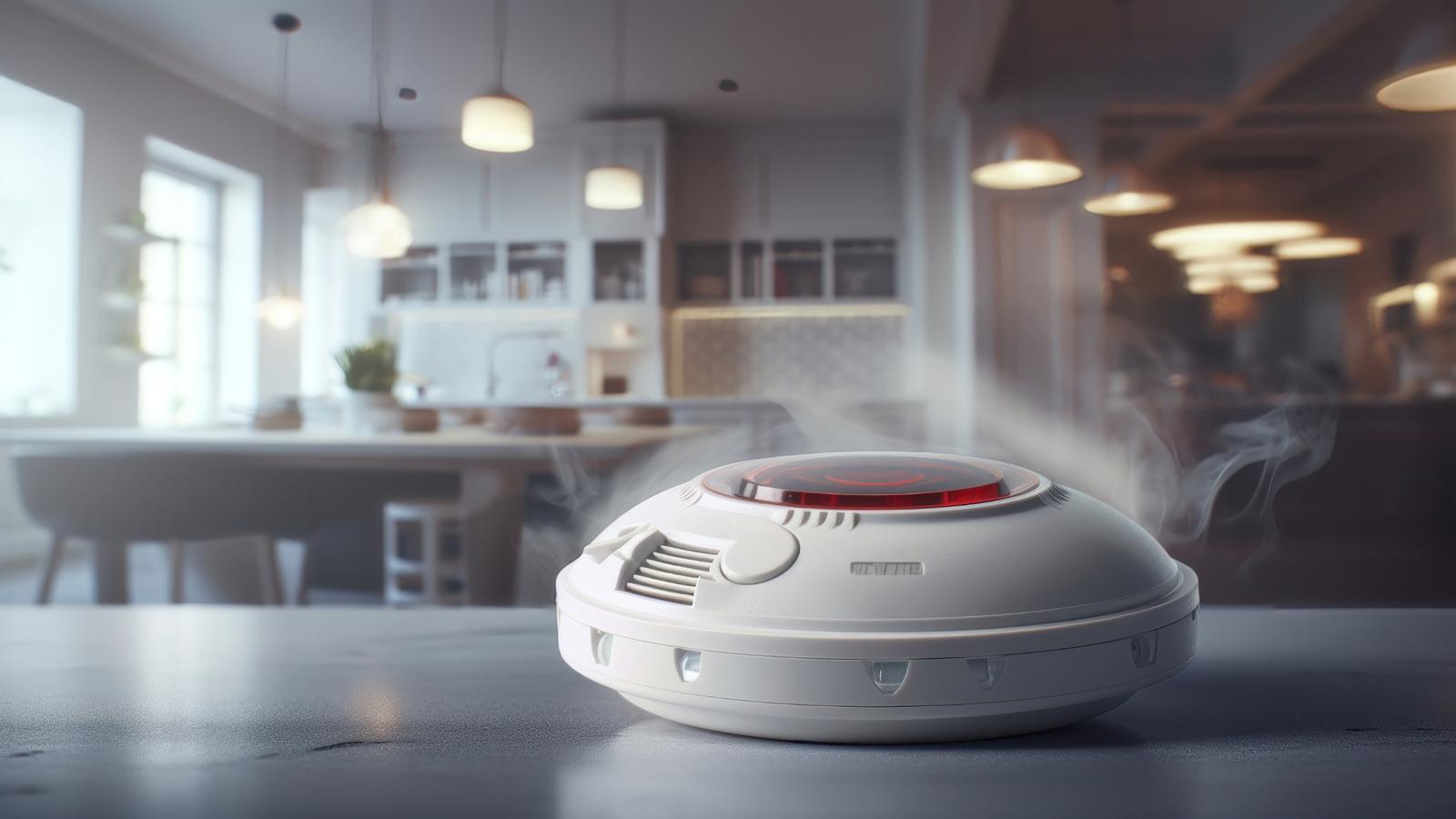
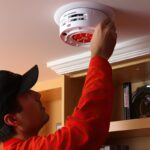




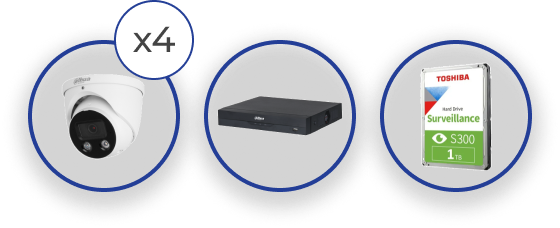

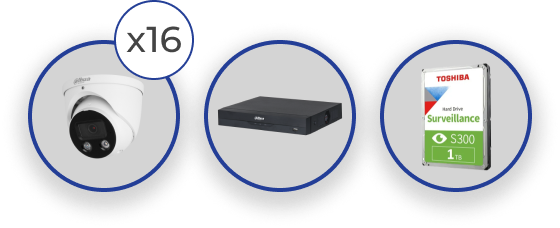
No comment